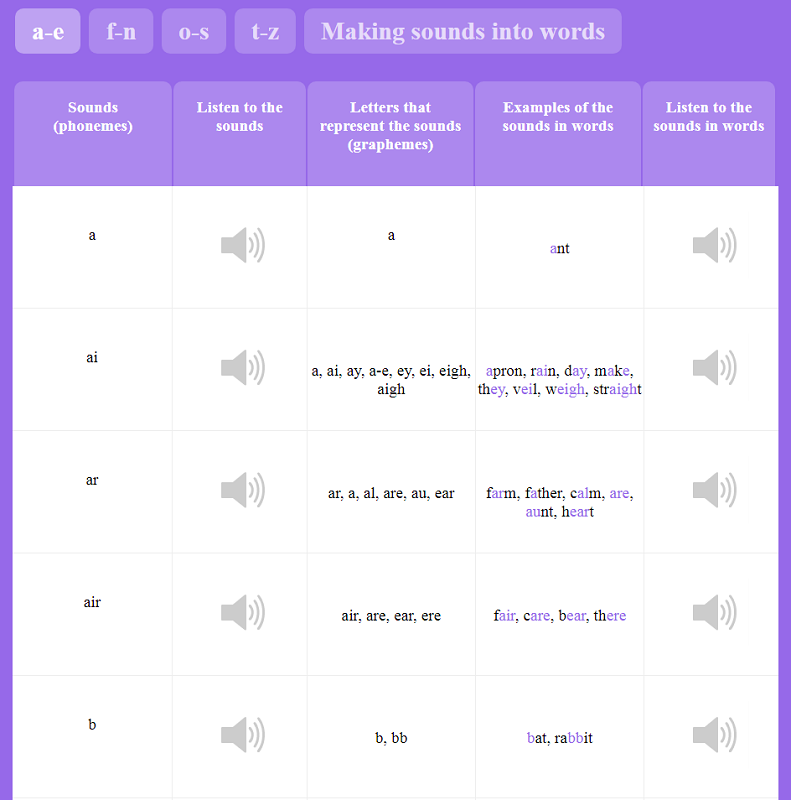Phonics
How do we teach phonics at Byron Court?
To teach phonics, we use a programme called Essential Letters and Sounds (ELS). This is created by The Knowledge Trust in association with Oxford University Press. This scheme has been validated by the Department of Education as meeting the criteria for a phonics scheme.
Essential Letters and Sounds is a focused teaching strategy that teaches children to learn to read letters and the sounds they represent. The English language is made up of 44 sounds, which we will be teaching your child. You will hear a video begin to play when you visit this page, this helps you understand how the phonemes are said and explains blending. Phonics is taught through 6 phases:
Phase 1: Children explore sounds and develop their listening skills.
Phase 2: The ELS scheme is used to deliver a progressive programme of word reading skills. By the end of phase 2, many children should be able to read some VC (vowel- consonant) and CVC (consonant-vowel-consonant) words and to spell them. They start to learn to read and spell some high frequency ‘tricky’ words.
Phase 3 and 4: ELS is used to deliver a progressive programme of word reading skills. Children begin to read and write one grapheme for each of the 44 phonemes (letters to represent sound in words – l – ea – fl). They blend and segment CVC (consonant-vowel-consonant), CCVC and CVCC words for reading and spelling and use their phonic knowledge when trying to read and write more complex words.
Phase 5 and 6: ELS is used to deliver a progressive programme of word reading skills. Children are taught to read words automatically; decoding them quickly and silently because their sounding and blending routine is now established. Children are taught to read the 100 of the most frequently occurring words in English.
Phonics is taught as a discrete session every day in Reception, Year 1 and Year 2. Those children, who did not achieve the Phonics Check in Year 1, are given additional support through interventions in Year 2.
Phonics is still taught to those children in Key Stage 2 who do not have a secure phonic knowledge. The application of taught phonics skills runs throughout the whole curriculum.
How can you help your child become a reader for life?
- Read to them
- Listen to them read
- Tell them stories in your home language
- Take them to your local library
- Give them quiet time to read at home
- Turn the television off and talk about what they are reading
- Ask them questions
It is really important for you to read the phonically decodable books your teacher will send to you each week. These will practice the sounds, supporting your child to practice their phonics at home every day is vital. Teachers will send you the link to the online book after they have taught the sound in school.
Phonics Information and Support for you.
CLICK HERE FOR THE AUDIO GUIDE: HOW TO SAY THE PHONIC SOUNDS

VIDEO: HOW TO SAY THE SOUNDS
Learn how to pronounce all 44 phonics sounds, or phonemes, used in the English language with these helpful examples from Suzy Ditchburn and her daughter.
VIDEO: HOW TO BLEND SOUNDS TO READ WORDS
This powerpoint is from the Phonics workshop held earlier this year. It includes information about the Phonics Screening Check





















